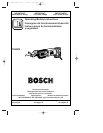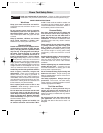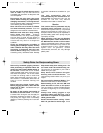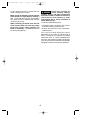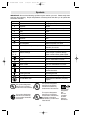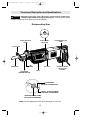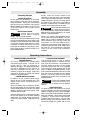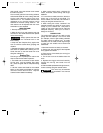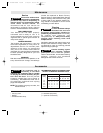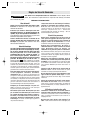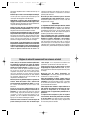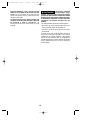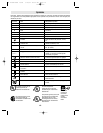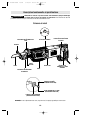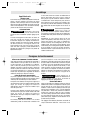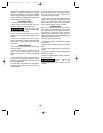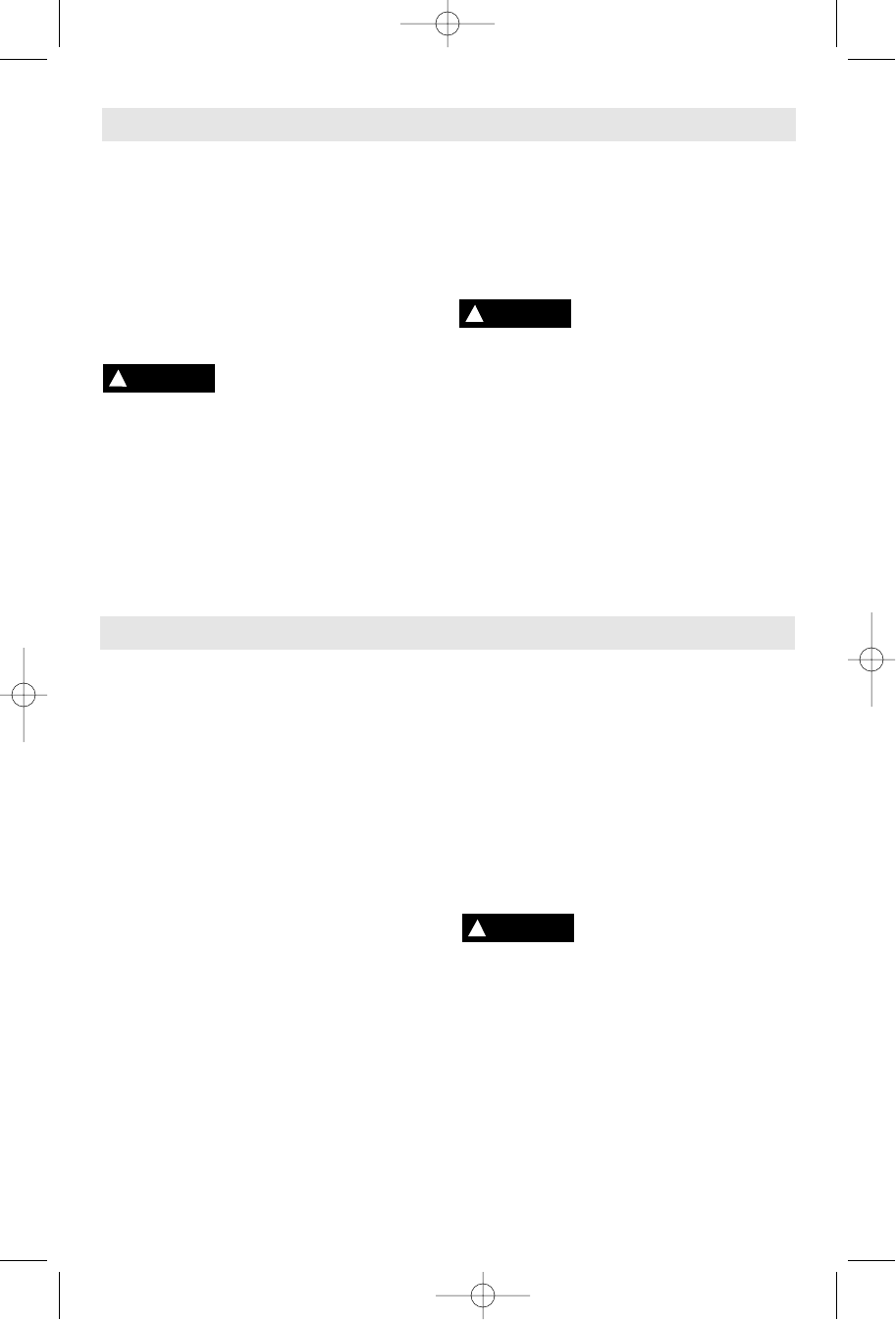
-7-
Assembly
VARIABLE SPEED CONTROLLED
TRIGGER SWITCH
Your tool is equipped with a variable speed
controlled trigger switch. The tool can be
turned "ON" or "OFF" by squeezing or
releasing the trigger. The blade plunger stroke
rate can be adjusted from the minimum to
maximum nameplate stroke rate by the
pressure you apply to the trigger. Apply more
pressure to increase the speed and release
pressure to decrease speed.
2-SPEED SELECTOR LEVER
In addition to the variable speed trigger
switch, the saw is also equipped with a two
speed switch which is controlled with a
selector lever .
When the selector lever is pointed to the left,
the saw will operate up to its maximum speed
of 2700 SPM (strokes per minute). This speed
setting is generally used when cutting softer
materials such as wood.
When the selector lever is pointed to the right,
the saw will operate up to the lower speed of
1900 SPM. This speed setting is generally
used when cutting harder materials such as
steel.
FOOTPLATE ADJUSTMENT
The footplate pivots in order to keep a
relatively large surface in contact with the
work. It can be locked into 1 of 3 positions to
optimize blade life and/or to limit blade
protrusion beyond the end of the footplate
when cutting into large diameter pipe or into
walls. To adjust the footplate position, simply
push the area 4 indicated by the symbol on the
boot and move the footplate into the desired
position. The locking mechanism is spring
loaded to lock into one of the 3 notches on the
footplate bracket.
Pushing the footplate release
button while sawing may
cause the foot to release from the desired
settings.
ORBIT SELECTOR
To obtain the best cutting advance in various
types of materials, your saw has a blade orbit
selector to adjust the swing of the saw blade.
When cutting into wood and plastic, as well as
other soft materials, a larger swing of the blade
is desired. There are two orbit selector
positions (see figure page 6). The non-orbit
position (metal), move the orbit selector lever
toward the straight cut symbol and for a full
Operating Instructions
Preparing the Saw
BLADE SELECTION
No one blade can be efficient on all cutting
jobs. Different materials require specially
designed blades. Since your reciprocating
saw can cut so many materials, many types of
BOSCH blades are available. Be sure to use
the proper blade to insure proper cutting
performance.
INSTALLING A BLADE
Unplug tool from power
source before changing
blade or making any adjustments.
The CLIC™ wrenchless blade change clamp
can only be operated when the plunger is fully
extended. To fully extend plunger, while blade
is mounted, hook the blade teeth on a scrap
workpiece or hidden area and pull the tool
backwards. If no blade is in the plunger, gently
press trigger switch to position plunger to it's
fully extended position.
Simply rotate the blade release knob
clockwise to open the clamp; insert the blade
until it stops and release the knob. The spring
loaded mechanism will lock the clamp against
the blade. Push in and pull out on the blade to
be sure it is held securely. The blade may be
inserted with the teeth facing up or down.
Some specialty blades (such
as 7º kant) cannot be used in
the inverted position. Always check to be sure
blade does not contact footplate in any stroke
position or footplate position.
NOTE: If you require a standard blade clamp
for any reason (extra thick blades, very thin
blades, etc.) a packet is available for the saw
which contains a clamp, hex key, screw and
lockwasher. To use the standard clamp,
remove the quick change clamp assembly by
unscrewing the set screw which holds it onto
the draw bar. Then assemble the standard
clamp with the screw and lockwasher
provided.
!
WARNING
!
WARNING
!
WARNING
BM 2610910645 12/00 1/23/01 10:53 AM Page 7



